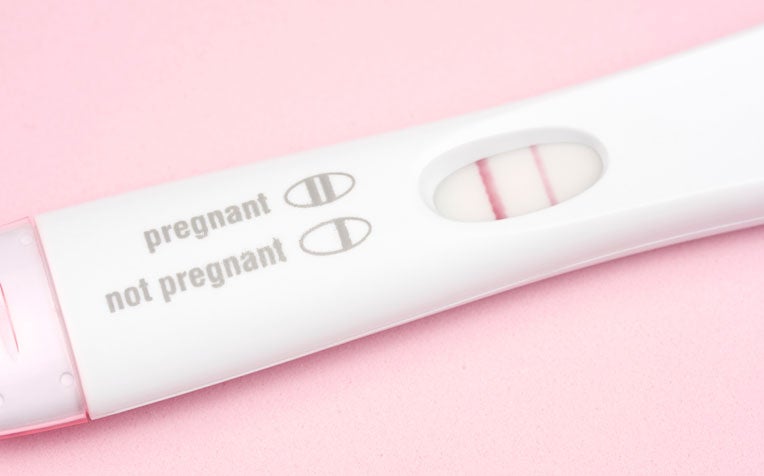HealthXchange will NEVER ask you to transfer money over a call. If in doubt, call the 24/7 ScamShield helpline at 1799, or visit the ScamShield website at www.scamshield.gov.sg.

Ectopic pregnancies are characterised by vaginal bleeding and lower pelvic pain in the first few weeks of pregnancy.
Treatment options for ectopic pregnancies
Laparoscopic surgery
If the ectopic pregnancy is detected early, an injection of the drug known as methotrexate may be used to stop cell growth and dissolve existing cells. In other cases, it may be treated with laparoscopic surgery, explains the Department of General Obstetrics and Gynaecology, KK Women’s and Children’s Hospital (KKH), a member of the SingHealth group.
This procedure involves inserting a thin telescope into the abdomen, through the navel, to view the pelvic area. Other instruments are then inserted to remove the ectopic pregnancy and repair the fallopian tube. This is known as a salpingostomy.
Emergency salpingectomy
However, if the ectopic pregnancy is causing heavy internal bleeding or if the fallopian tube has ruptured, emergency surgery may be required to remove the tube (also known as a salpingectomy). Removal of the affected tube does not adversely affect future pregnancy rates provided that the other fallopian tube appears to be normal.
Can future pregnancies be normal after having an ectopic pregnancy?
If the ectopic pregnancy is treated without removing the fallopian tube, or if one tube is removed but the other one is in good condition, a woman can have a successful pregnancy in the future.
However, a woman who has had an ectopic pregnancy is at a slightly higher risk of having another one. “It is therefore important that she speak to her gynaecologist about her risk of ectopic pregnancy and the measures for early evaluation of her next pregnancy.”
Ref: R14
Contributed by
Conditions & Treatments
Public Events
Get the Health Buddy App
© 2025 SingHealth Group. All Rights Reserved.















 Get it on Google Play
Get it on Google Play